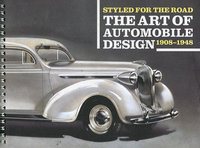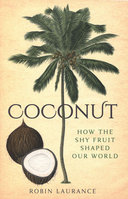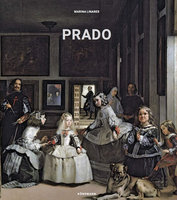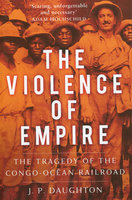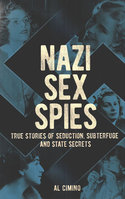The leaves of the coca plant from Peru are the organic source from which cocaine is synthesised but it also has medicinal and healing properties, just without the same addictive qualities or negative side effects. Its most famous commercial appearance was in the 19th century when Corsican pharmacist Angelo Mariani produced 'Vin Mariani', a coca-based tonic wine which was praised by prominent figures such as Pope Benedict XV, Sarah Bernhardt, Thomas Edison, H. G. Wells, William McKinley and Emile Zola. This illustrated history explores a fascinating history, from the coca plant's medical applications to the creation of the tonic wine. Hailed as the 'vogue beverage of la Belle Époque' the tonic wine was in fact created by the infusion of coca leaves in Bordeaux wine, and notably became the forerunner for Coca-Cola. It found success through a genius marketing practice which included advertising using hundreds of postcards illustrated by famous artists, silver and bronze medals and objects magnificently engraved such as silver jewellery. Mariani's first success with the wine came when Dr Charles Fauvel recommended him to Georges Régnal, a female singer, who tasted his new preparation, meditated for a while and, after a moment, said: 'It is excellent, you'll send me a dozen bottles.' The wine's success went so far that, after the 1889 influenza outbreak in Paris, the coca wine was one of the most highly recommended drugs and Dr Fauvel humorously christened it 'the lightning rod of the flu'. It was not always easy for Mariani and, in 1903, a pharmacist in Marseilles called Antoine Mariani took advantage of having the same last name and launched a tonic wine 'à la coca de Pérou' that he sold misleadingly in a bottle with a label similar to the original. In the end, Angelo had to reluctantly take the plagiarist to court and, on 4 August 1905, the fraud was found guilty. Mariani's work not only went into medicinal wines but also into the Orphelinat des Arts association in 1882 which he took care of. The organisation was founded in 1880 by the actress Marie Laurent, with the help of friends such as Sarah Bernhardt, and it was an education centre for young girls who were the children of dramatic artists, painters sculptors, architects, writers, musicians, journalists and literary people. There are also stunning images used in the book, including a drawing from a New York magazine advertising the bottle and a poster for 'Elixir Peruvien' by Leonetto Cappiello in 1902, to a photo of an authentic advertisement for Coca-Bola chewing gum. 8" x 10", gorgeous colour images, posters and Art Deco designs, 246pp.
Additional product information







